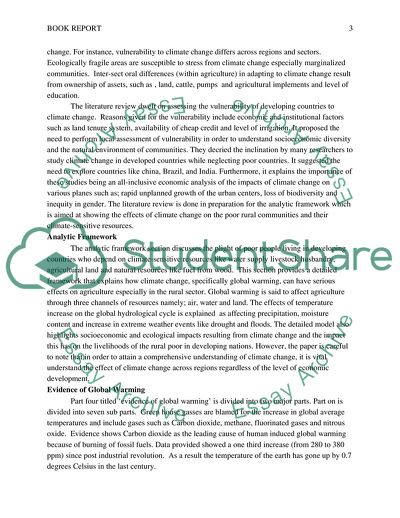Cite this document
(Adaptation To Climate Change In Developed And Developing Economies Book Report/Review, n.d.)
Adaptation To Climate Change In Developed And Developing Economies Book Report/Review. https://studentshare.org/environmental-studies/1821673-climate-change-science-and-riskpopulation-migration-and-environment
Adaptation To Climate Change In Developed And Developing Economies Book Report/Review. https://studentshare.org/environmental-studies/1821673-climate-change-science-and-riskpopulation-migration-and-environment
(Adaptation To Climate Change In Developed And Developing Economies Book Report/Review)
Adaptation To Climate Change In Developed And Developing Economies Book Report/Review. https://studentshare.org/environmental-studies/1821673-climate-change-science-and-riskpopulation-migration-and-environment.
Adaptation To Climate Change In Developed And Developing Economies Book Report/Review. https://studentshare.org/environmental-studies/1821673-climate-change-science-and-riskpopulation-migration-and-environment.
“Adaptation To Climate Change In Developed And Developing Economies Book Report/Review”. https://studentshare.org/environmental-studies/1821673-climate-change-science-and-riskpopulation-migration-and-environment.


